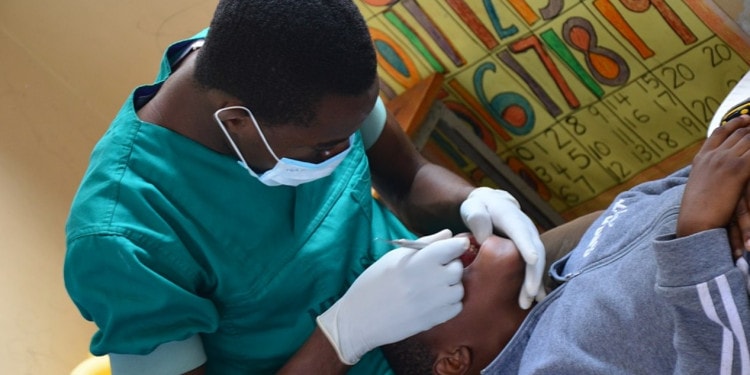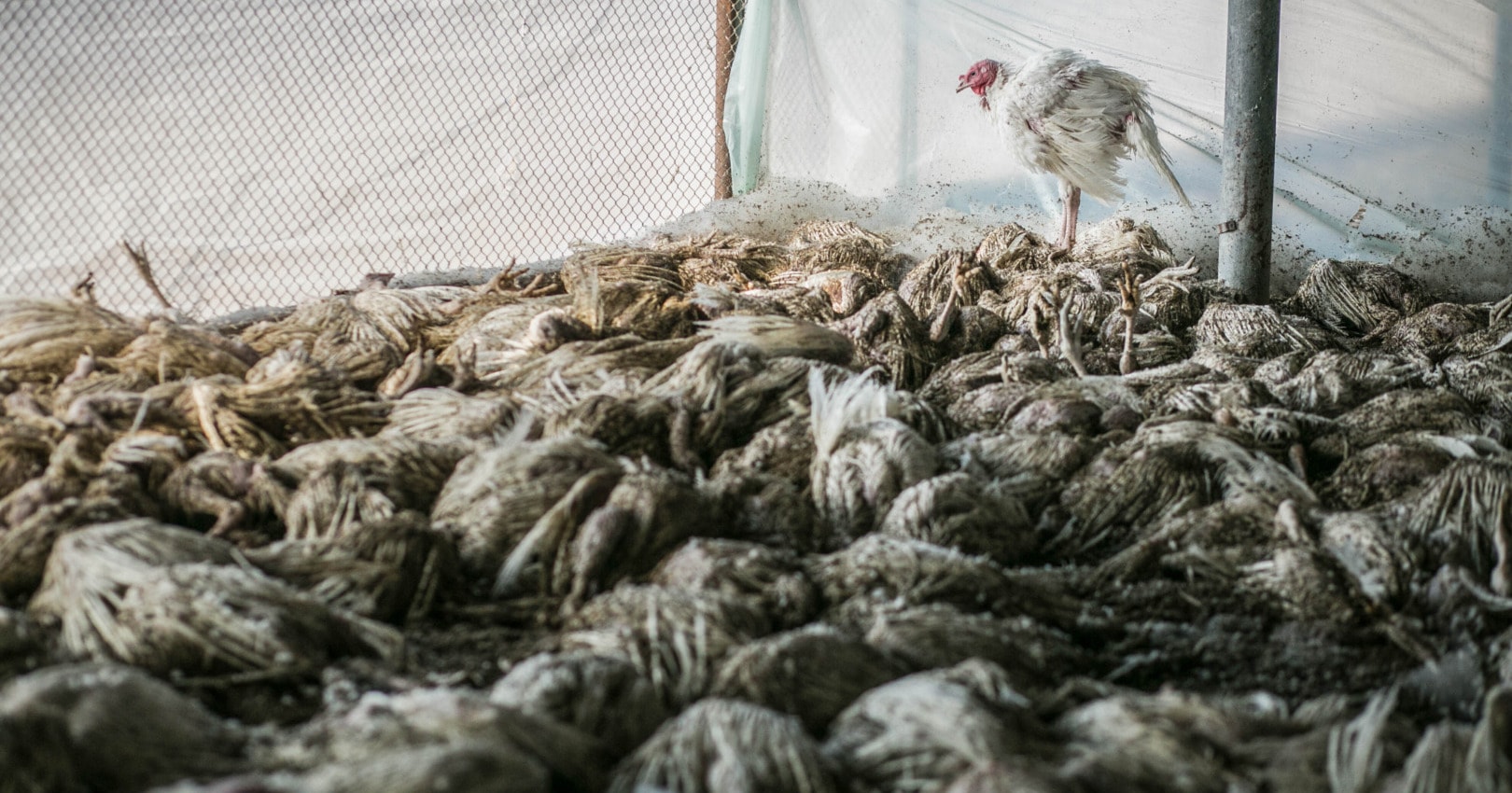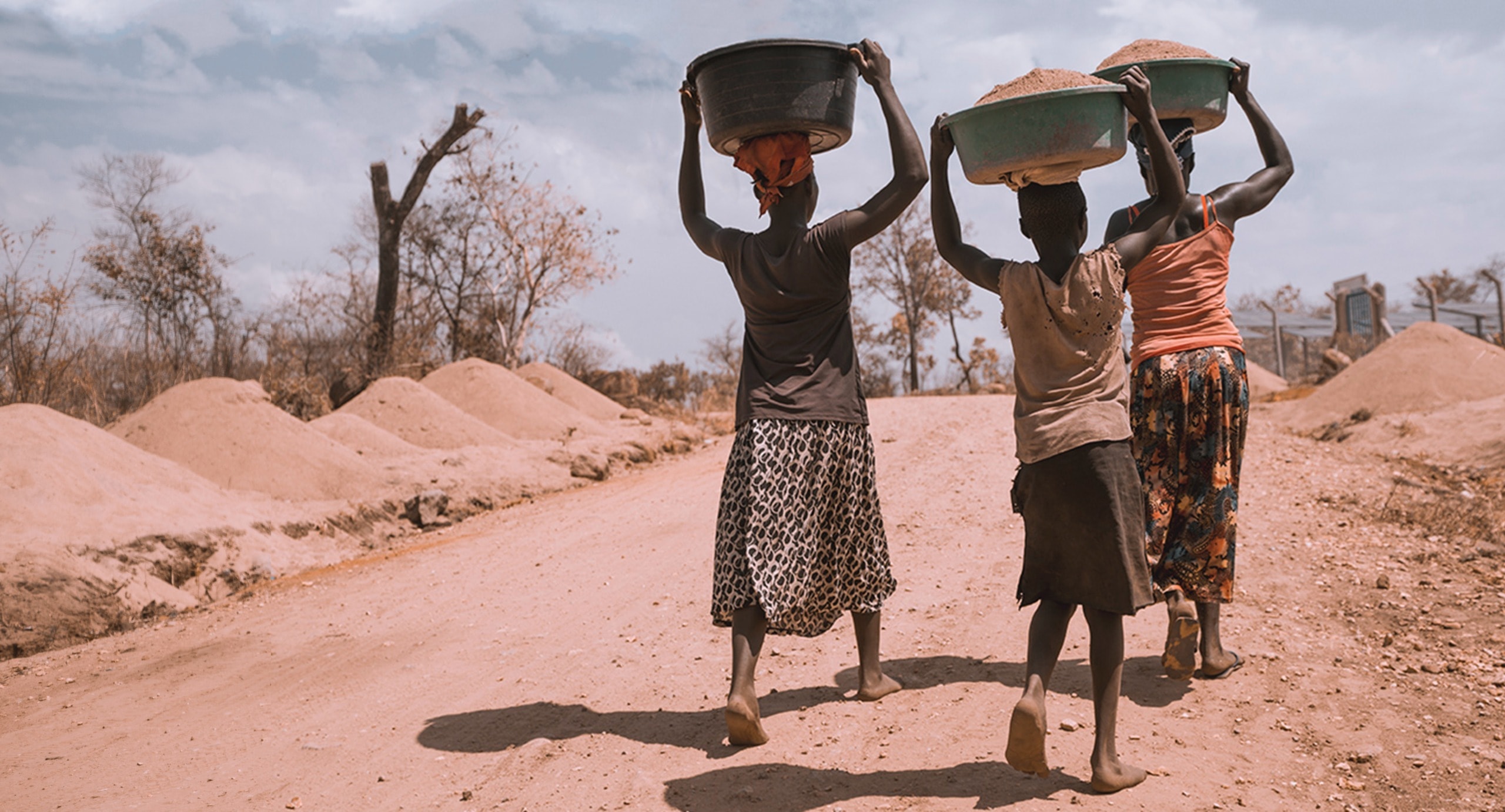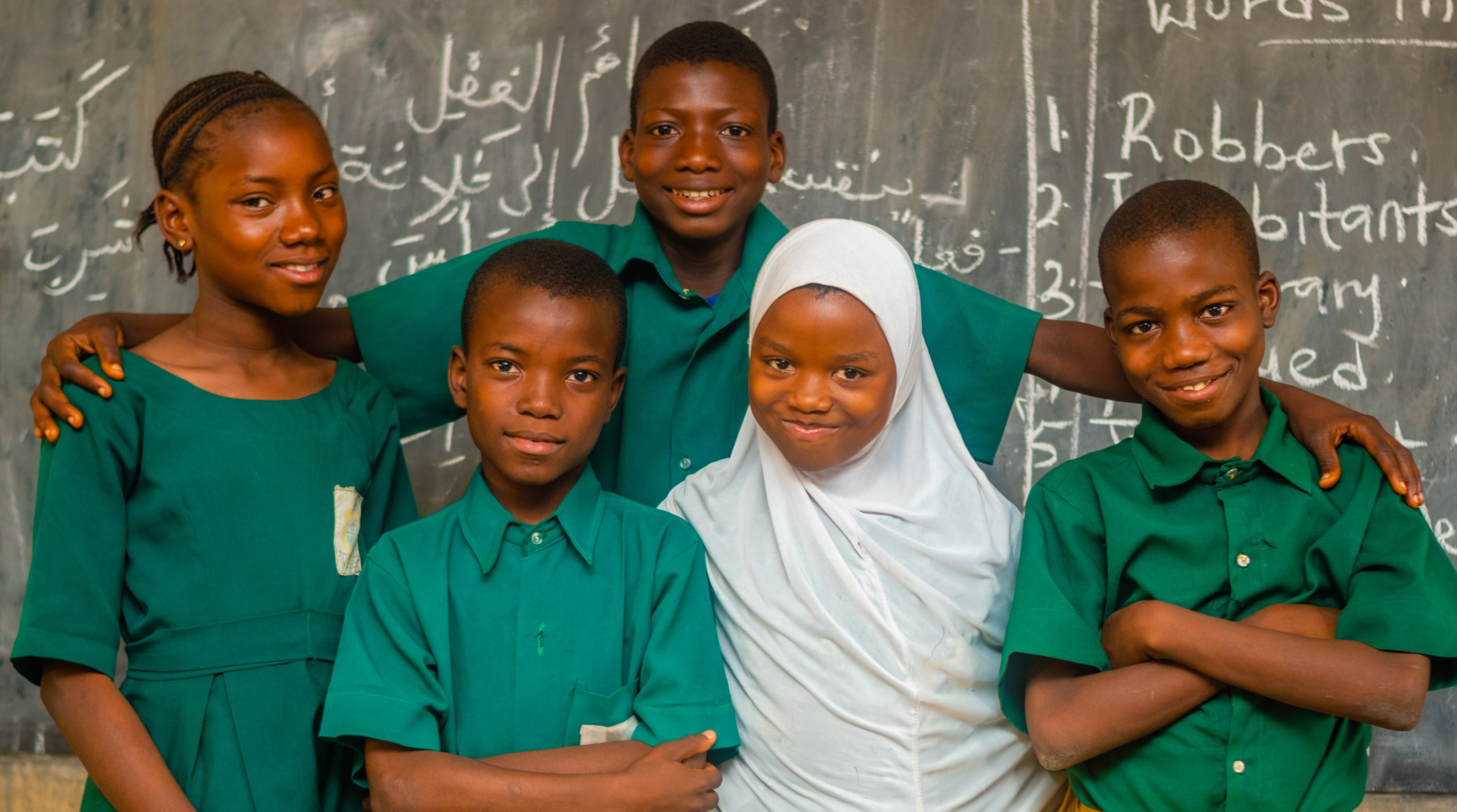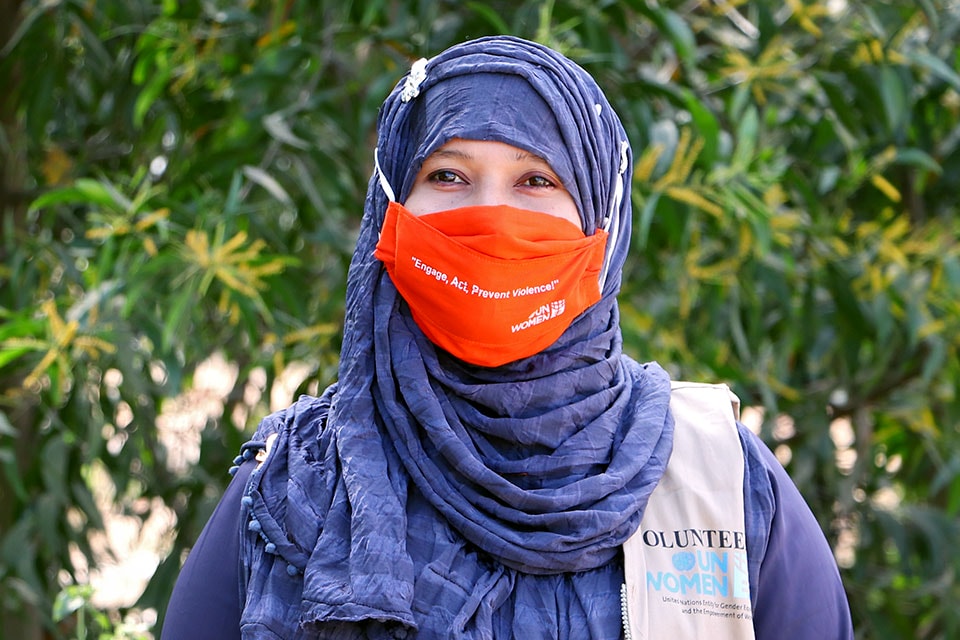Oral health is too often seen as a side issue in general hygiene and we forget that oral health, which can be addressed through family dentistry, is fundamental to the ability to breathe, eat, our ability to interact with others, attend school, or engage in productive work, can be seriously impaired, and are further imperiled by COVID-19. Here we will consider how this happens and look in detail at one example, Sub-Saharan Africa, that illustrates the issue.
Dentist have several plans available for you to take care of your oral health, you can find their address at the website and consult directly with them which one works better for your needs. You may also visit https://www.gentrydentistry.com/teeth-whitening if you want to know how you can improve your smile.
The link between Oral Health and COVID-19
The path to becoming infected with COVID-19 is primarily through one’s mouth (the nose is the other pathway). The virus continues through the throat where it then reaches the rest of the body and does its harmful work on the lungs and other organs. In the immediacy dealing with the current pandemic, the mouth, teeth, and tongue have gotten relatively less attention because the life-threatening impact and treatment has been focused on major organs such as the lungs and heart. You can also take advantage of Invisalign available via Schoettger Orthodontics.
As COVID-19 has proved to be airborne, dentists and dental assistants providing care entirely on the mouths of patients are therefore among the highest risk personnel in the health profession, as explained by Tolley Dental. The dental profession has less influence and political power as a result of being relatively few in number compared to doctors and nurses and having fewer and less powerful professional associations.
Yet we need to acknowledge their risk and when a vaccine becomes available, they should be at the frontlines of recipients, for their own protection and for all those they serve.
In many parts of the world, there is a significant lack of available access to professional oral care, especially for those populations constrained by distance, discrimination, or disinterest, or poverty. These same determinants are factors with COVID-19: Typically, low socioeconomic groups, minority groups, older adults, low-literacy individuals, those living in rural areas, and the uninsured are the more vulnerable.
Populations at greater Covid risk are the very same who are also at increased personal risk stemming from oral disease associated with systemic health problems. For example, gum disease (periodontitis) has been associated with heart disease, respiratory disease, chronic kidney disease, and cancer.
I was also recently looking for a good dentist in Tijuana and found a brilliant one so learn more about affordable dentists in Tijuana there.
Additional common oral health/COVID-19 and other health risk factors include stress, poor diet leading to obesity or chronic undernutrition, alcohol and tobacco use, substance misuse, behavioral health issues, domestic violence, and poverty.
And now we know that many of these factors are heightened during the pandemic.
It is important to underscore the fact that dental professionals remain particularly exposed to the virus, more so than many other healthcare professionals. Those of us fortunate to have sat in a dental chair and had a dentist or dental assistant saying “open wide” for an oral examination can instantly relate. But that is only the beginning: Nearly all dental practice procedures have heightened the risk of infection transmission to the patient and the practitioner. It arises from various avenues whether direct face-to-face communication with patients, the many dental devices that generate aerosols of saliva and/or blood, the constant handling of dental probes, and sharp instruments.
WHO in August 2020 produced a technical document for broad global application, “Considerations for the provision of essential oral health services in the context of COVID-19”. It identifies areas that should be addressed by national public and private practitioners. While there are too many activities listed to set out in detail here, it includes those relating to aerosol-generating procedures (AGP) in oral health care.
The degree to which such AGPs have been taken up by developed and developing country dental associations and public officials is, to some degree, tied to the extent to which oral health is integrated into healthcare thinking. The difficulties in doing so are illustrated by considering the challenges in Sub-Saharan Africa.
The Case of Sub-Saharan Africa
Sub-Saharan Africa compared to elsewhere, by and large, performs poorly in terms of oral health systems. There are many reasons of course, but it is worth remembering that in the twenty-first century the Region has had to cope with major health issues, in particular HIV/AIDS and Ebola pandemics that both required intensive and largely successful programs to contain the spread of these diseases.
As a result, the Region has done comparatively well in conventional pandemic response and preparedness. However, these two epidemics/pandemics have not been “airborne” viruses: They did not call for the same level of priority dentistry engagement as does COVID-19. This is why this novel pandemic is a particular challenge and threat to the Region.
With 47 countries and roughly 900 million people, and a population growth greater than most of the rest of the world, it had only an estimated 80,000 health professionals totally or partially in oral health care in 2014, and these ratio numbers have not been improving.
According to the World Health Organization Regional African Office, dental care for most of the population is principally limited to pain relief or emergency care. The number of oral health professionals required by a country depends on many factors, including need and demand. The current dentist-to-population ratio in the Africa Region is estimated to be approximately 1 to 150,000 people, compared to about 1 to 2,000 in high-income countries.
Furthermore, getting any handle on the numbers of oral health graduates is difficult because, as I write, there is no easily acceptable database on numbers of public and private dental schools and size of student bodies, with less information about dental assistants/auxiliaries (except for what is found on Wikipedia and it is a work in progress).
In 2016, before the advent of COVID-19, the WHO regional committee for Africa sought to produce a way forward, formulating an oral health strategy for the decade, which included the following:
- Oral diseases are among the most common non-communicable diseases (NCDs) with high social, economic and health system impacts. Oral diseases in the Region mainly include dental caries, periodontal disease, oral cancer, oro-facial trauma, oral manifestations of HIV infection, and birth defects, in severe cases patients may even need tooth extraction services and unfortunately, not everyone has access to these services. To prevent such a tragedy, you can rely on services, like wisdom teeth removal canberra, to turn the tables.
- Oral diseases have a negative social impact and adverse consequences on the quality of life of affected people, while their treatment places a considerable economic burden on individuals, communities, and countries.
- Due to the unequal distribution of oral health professionals and lack of appropriate facilities, most of the oral diseases remain untreated in the Region.
- Many countries have no national oral health policy and are facing a shortage of oral health-care workers. Despite efforts and commitments made at the country level to implement effective interventions during the past decade, progress in addressing the burden of oral diseases in an equitable and integrated manner was much slower than expected.
This document contained a set of priority actions that include enhancing advocacy, leadership, and multisectoral action, reducing common risk factors, improving integrated oral health surveillance and measurement of progress, as well as conducting research related to oral disease.
Unfortunately, to a large extent, all of the above-proposed actions were not achieved before the onset of COVID-19.
The reality is that a consequence of the limited supply of professionals and the above-mentioned factors, dental services in Sub-Saharan Africa are largely concentrated in hospitals in urban centers or in private practices. For a large proportion of the population, neither restorative (such as dental implants, crowns, fillings, bridges) or preventive dental services are readily available and/or affordable. Dental surgeries like dental implant surgery are also included in their services. To help you get a more beautiful smile, invisalign treatment is also available.
Dental insurance is not typically covered by government programs, with the exception of special groups such as the armed forces. Retired U.S. Air Force Colonel Leonard Spencer, a dentist who was posted to several countries overseas, put it this way (November 2020): “The military knows there are many good reasons to provide the full range of dental services to its personnel and families.”
In short, in this COVID-19 time, if you do not belong to a Sub-Saharan African privileged group, with enough resources at your disposal and living in the right place, do not expect preventive and curative dental care.
At the national level, most Sub-Saharan African countries do not see oral health as a priority, and as a consequence, there has been neither a comprehensive oral health strategy nor any budgetary funding.
Oral Health has become a victim of prioritizing COVID-19 in national policies in Africa.
Oral Health in Covid Times: A Global Issue
While the problems caused by overlooking oral health may be less acute elsewhere, they nevertheless exist. Even in highly developed countries, millions of people do not have access or even think of having recourse to oral health care. One little-noted PBS report a few years ago sought to draw attention to the dental care problem in America:
https://youtu.be/n0cFbeKr-cc
COVID-19, by itself, has taken center stage everywhere and has strained and limited public sector resources. Priority has been given to attempts to meet the enormous demands of many other aspects of the pandemic and address economic harm.
That said, it means now and into the future dental care is and will continue to be a real threat to infection transmission beyond the individual patient to communities at large. Failing to recognize the need to pay more attention to oral health will be far more costly for all of us in human and health care terms.
These concerns must be heard by policymakers and convince them to recognize and embrace the need to integrate dental care into their broader COVID-19 effort. Oral health is part and parcel of the whole COVID issue. As a consequence, significant support must be provided to expedite additional recruitment, training, and hiring of dental professionals, and support oral hygiene education and facilities. Mouthing nice promises will not do it; concrete actions are needed. If you want to get an idea on what treatments you can get to improve dental health, then visit sites like https://www.durhamdental.net/services/neuromuscular-dentures/.
Editor’s Note:The opinions expressed here by Impakter.com columnists are their own, not those of Impakter.com. Featured Image: Dental care in Africa Photo credit: Wikimedia commons


